How to Address Radon Concerns During Real Estate Transactions

Radon is a naturally occurring gas that can pose significant health risks when present in high concentrations indoors. For Canadian home sellers and buyers, understanding the risks associated with radon is crucial to ensure a smooth transaction and a safe living environment.
Here’s what you need to know about radon in real estate, including tips on radon testing before selling, disclosing radon levels, and how buying a house with radon issues poses its own challenges.
Understanding Radon Risks
Radon is a radioactive gas that seeps into homes through foundation cracks and gaps. Long-term radon exposure is a leading cause of lung cancer, especially for non-smokers, as the radioactive gas breaks down into harmful particles that damage lung tissue when inhaled. Since radon is odorless and invisible, it often goes undetected until health issues arise.
Health Canada recommends that indoor radon levels remain below 200 Bq/m³. Addressing radon concerns is essential during real estate transactions for both buyers and sellers. An unaddressed radon problem could knock thousands off the asking price, while homeowners looking for a safe investment should make sure that potential radon issues have been properly treated before making an offer.
Radon Testing Before Selling: A Proactive Approach
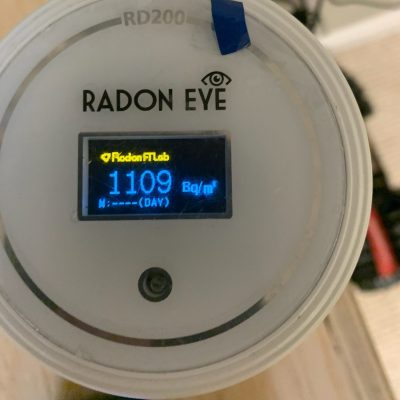
Sellers can demonstrate transparency and increase buyer confidence by performing radon testing before selling. If radon levels exceed government guidelines, you can install a radon mitigation system before listing the home. This proactive step can prevent negotiations from stalling and reassure potential buyers.
How Does Radon Mitigation Work?
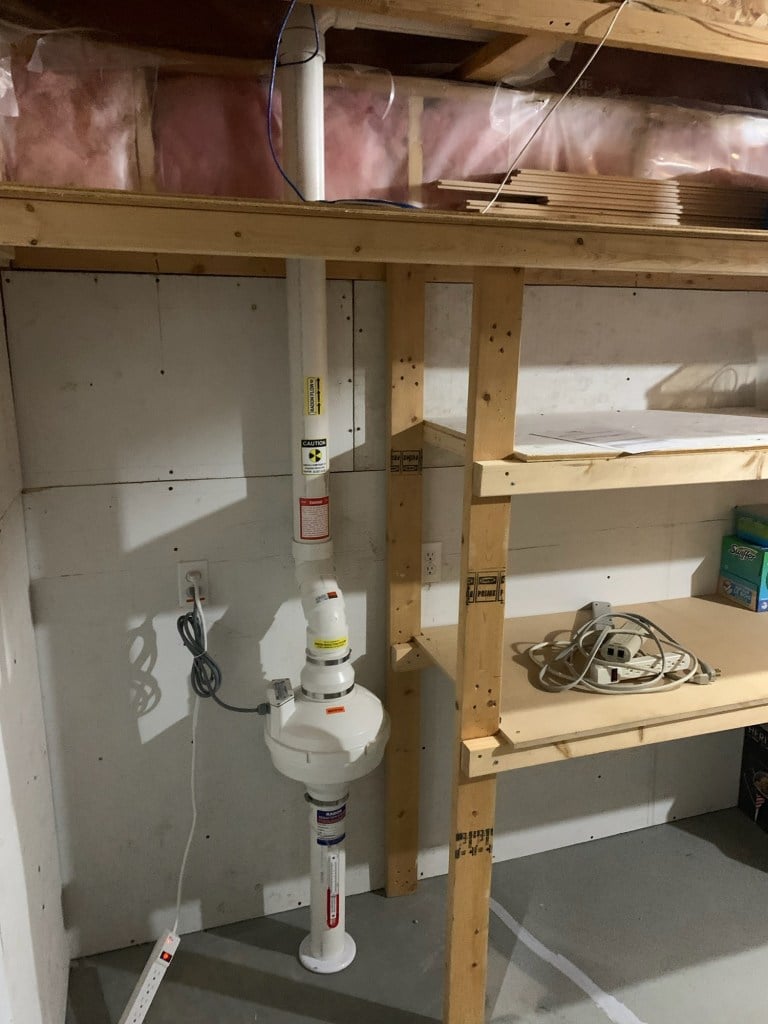
- Sealing Entry Points: Cracks in the foundation and gaps around pipes are sealed to enhance system efficiency.
- Sub-Slab Depressurization: A fan creates negative pressure beneath the foundation, pulling radon gas from the soil.
- Ventilation Pipes: PVC pipes run from beneath the slab (or crawl space) up through the house or along the exterior to release radon above the roofline.
- Continuous Airflow: The fan operates constantly to maintain proper suction and prevent radon buildup.
- Ongoing Monitoring: Radon levels should be tested regularly to ensure the system is functioning properly.
Disclosing Radon Levels in Canadian Real Estate Transactions
In Canada, radon disclosure laws vary by province. While there is no federal requirement to disclose radon levels, some provinces and territories may have specific guidelines. Ethically, disclosing radon levels can prevent future disputes and foster trust between buyers and sellers. Providing documentation of past radon tests and mitigation efforts can also strengthen a seller’s position during negotiations.
Buying a House with Radon: What Are Your Options?
Finding elevated radon levels in a prospective home doesn’t mean you should walk away from the deal. Radon mitigation systems are effective and can significantly reduce indoor radon concentrations. If a home has high radon levels, buyers can negotiate remediation costs or request the seller to install a mitigation system before closing the sale. Including radon testing contingencies in the purchase agreement can protect buyers from unforeseen health risks.
Should I Test for Radon When Buying a House?
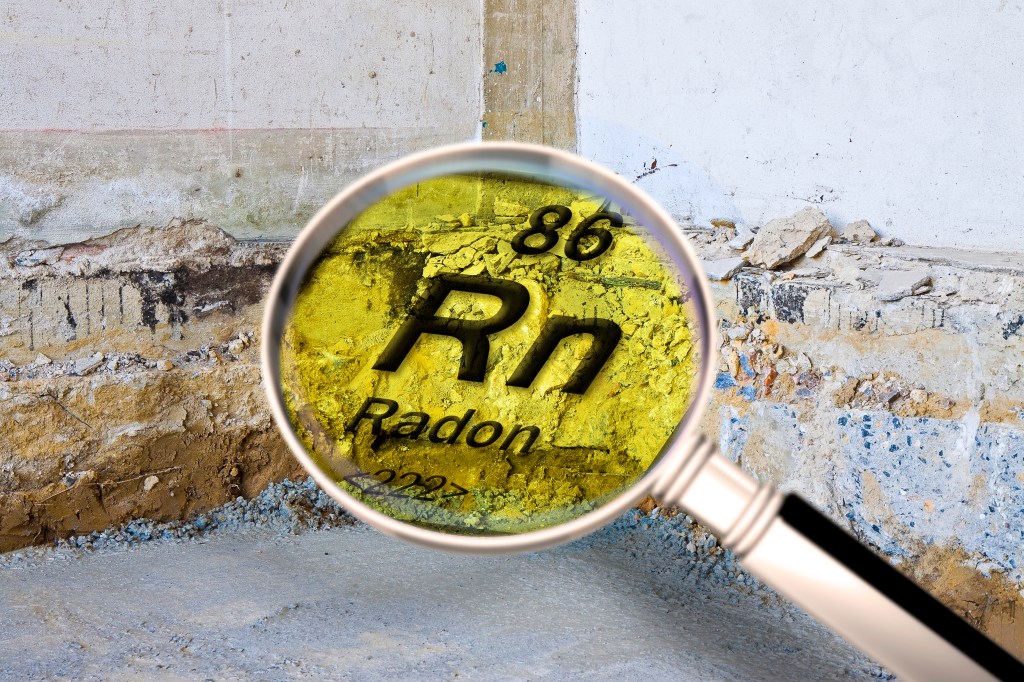
Yes, testing for radon before purchasing a home is highly recommended. Since radon levels vary from home to home, even in the same neighborhood, a radon test provides critical information about the property’s air quality. A short-term test can offer initial insight, but a long-term radon test after buying can provide more accurate results.
Conducting a Long-Term Radon Test After Buying
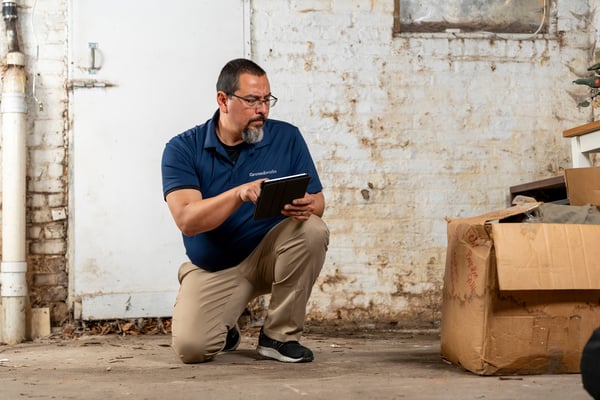
Even if the seller has provided test results, new homeowners should conduct a long-term radon test after buying. Seasonal variations can impact radon levels, so testing over a three-month period provides a more reliable assessment. If elevated levels are detected, professional mitigation services can ensure a safe indoor environment.
Radon in Real Estate: Key Takeaways for Buyers and Sellers
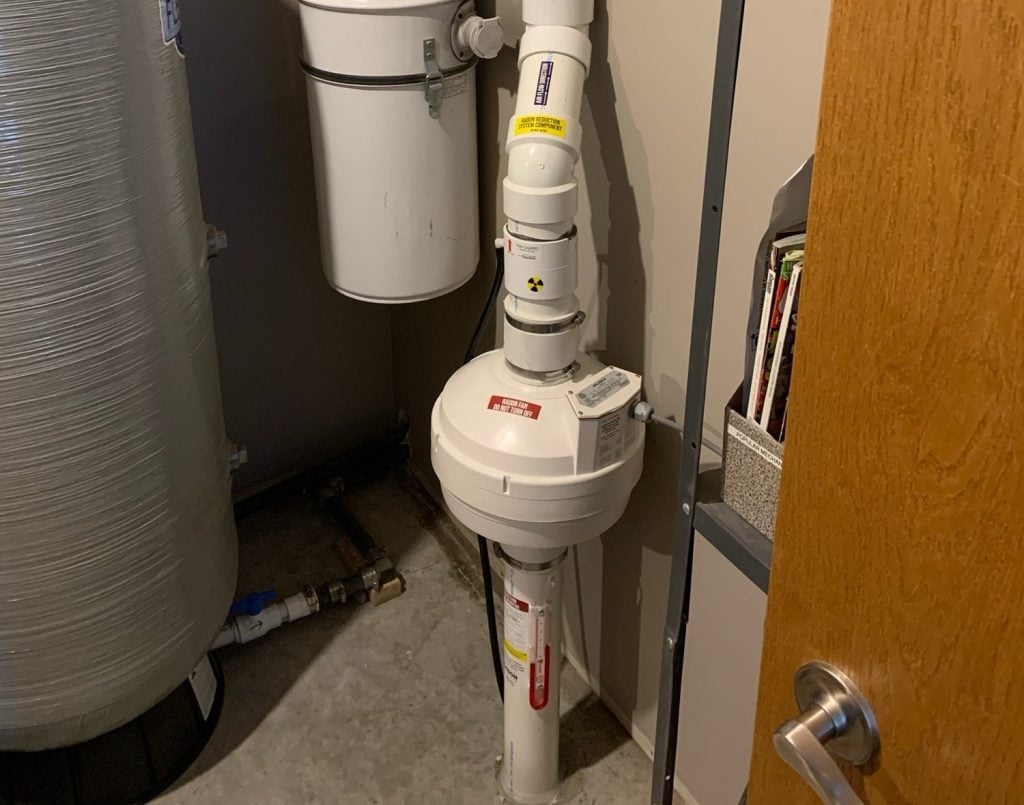
- Sellers: Conduct radon testing before selling and disclose the results to build buyer confidence.
- Buyers: Always ask about past radon tests and, if necessary, negotiate mitigation measures.
- Both parties: Understand provincial regulations regarding radon disclosure to avoid legal or financial complications.
Trust Groundworks for Reliable Radon Services
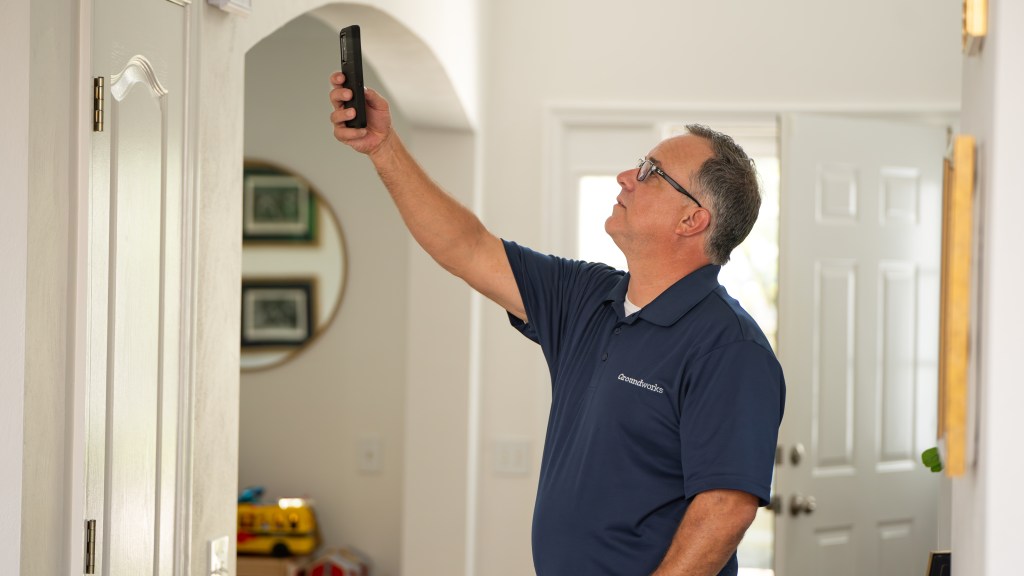
Addressing radon concerns proactively can lead to a smoother real estate transaction and a healthier home for future occupants. By testing, disclosing, and mitigating radon risks, buyers and sellers can confidently navigate radon in real estate.
Whether you’re selling or buying a home with radon issues, it’s best to leave it to the professionals. Groundworks offers comprehensive radon mitigation services to homeowners in Canada. Get started today with a free inspection from our expert team.


